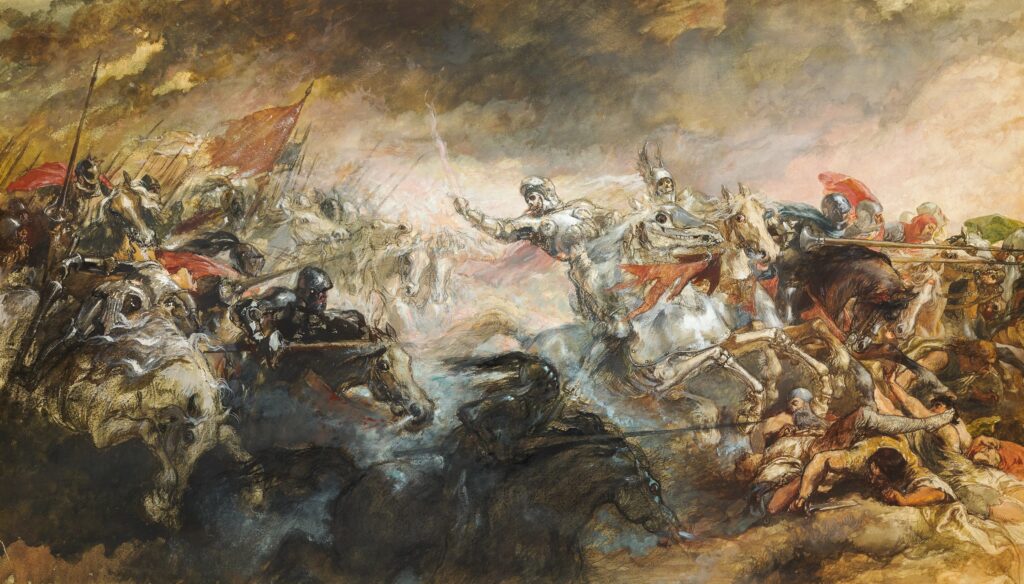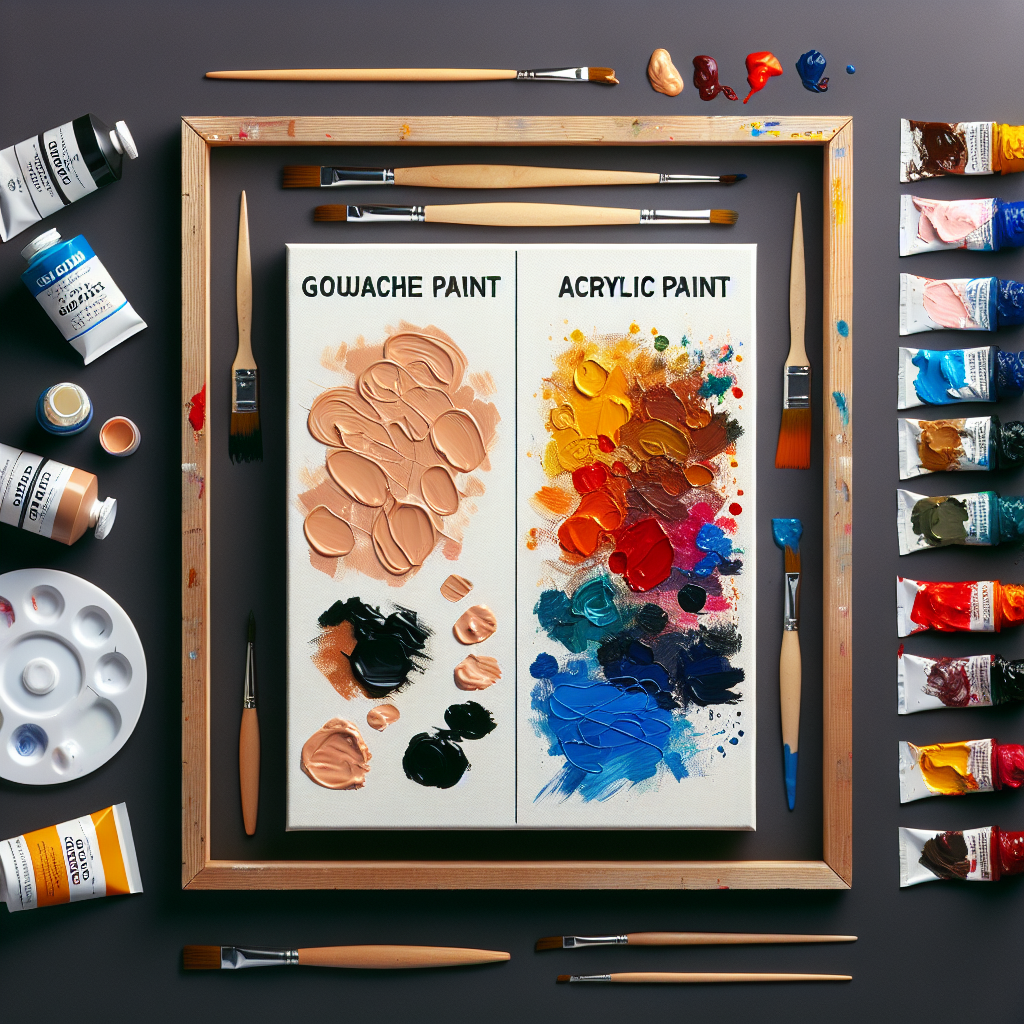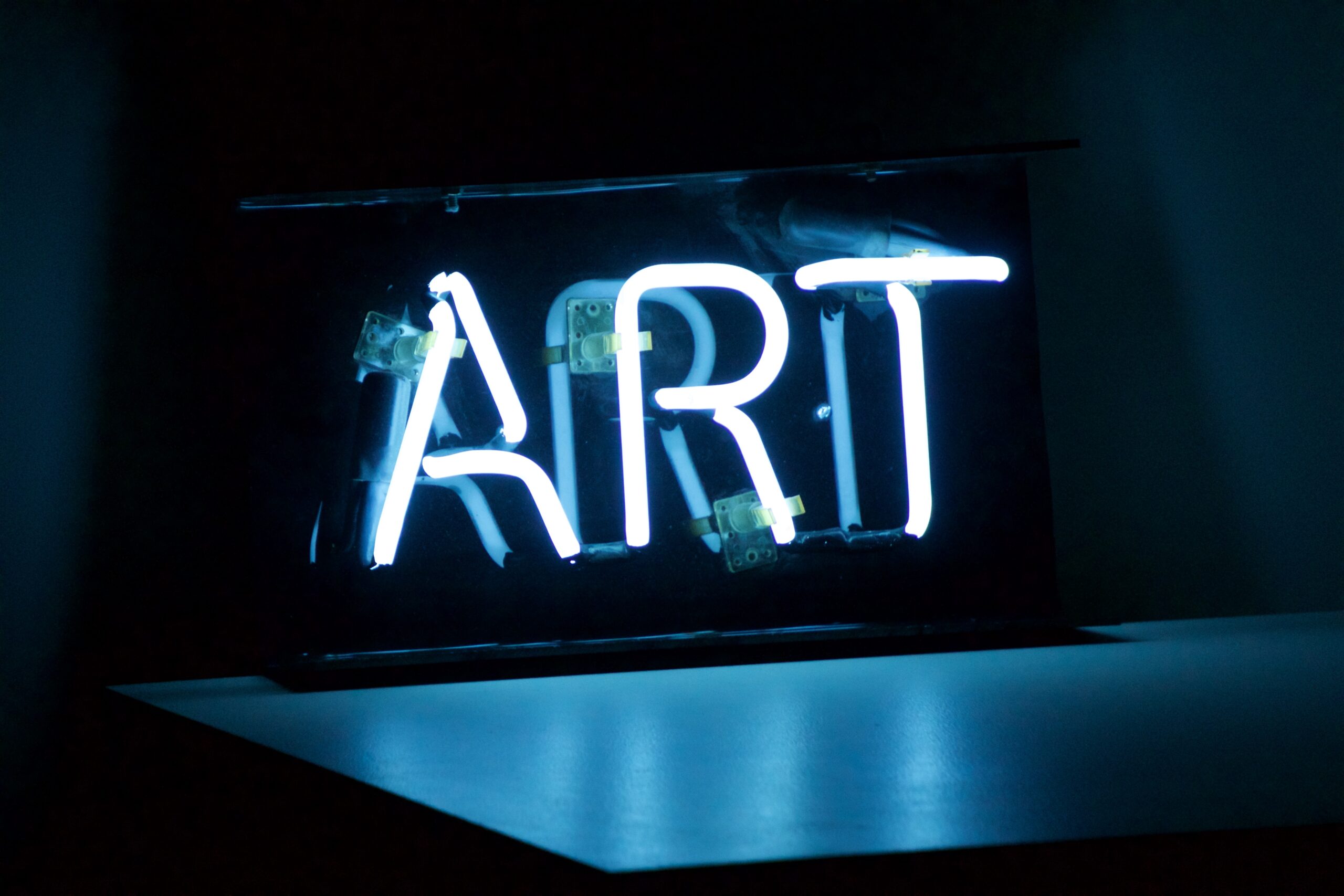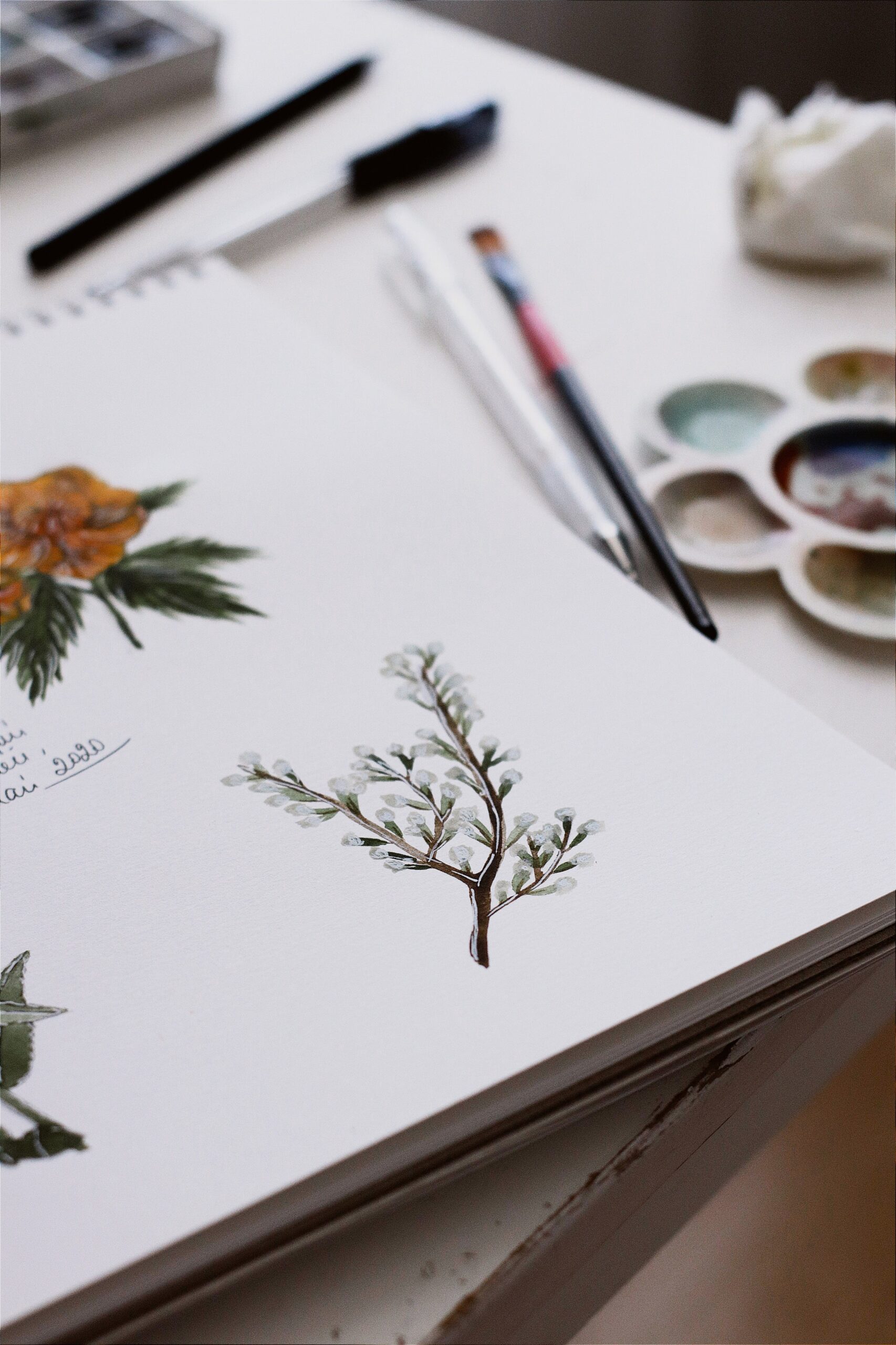Gouache paint and acrylic paint may appear similar at first glance, but they possess distinct characteristics that set them apart from each other. While both are opaque and can be used on a variety of surfaces, their base composition differs significantly. Gouache paint is water-based and contains a higher concentration of pigment, resulting in vibrant and opaque colors. On the other hand, acrylic paint is composed of polymers that create a more durable and flexible finish. Understanding the differences between these two paints is crucial for artists and enthusiasts alike, as it allows for informed decisions when it comes to selecting the appropriate medium for their artistic endeavors.

This image is property of images.unsplash.com.
What is Gouache Paint?
Definition
Gouache paint is a type of water-based paint that is highly pigmented and opaque in nature. It is often described as a combination of watercolor and acrylic paint, as it shares some characteristics with both mediums. Gouache paint has a velvet-like matte finish and provides excellent coverage.
Characteristics
Gouache paint, unlike watercolor, is more opaque and can create solid areas of color without any underlying surface showing through. It has a buttery consistency and can be easily applied to various surfaces, including paper, board, and canvas. Gouache paint can be diluted with water to create transparent washes or used directly from the tube for bold, vibrant colors.
Composition
The composition of gouache paint typically consists of a pigment, binder, and additives. The pigments used in gouache are finely ground and highly concentrated, resulting in intense colors. The binder, usually gum arabic or dextrin, helps the paint adhere to the surface and retain its pigment. Additives such as glycerin or honey may be added to improve the flow and drying time of the paint.
What is Acrylic Paint?
Definition
Acrylic paint is a fast-drying, water-based paint that uses acrylic polymer as its binder. It is known for its versatility and ability to be used on a wide range of surfaces. Acrylic paint can be used straight from the tube or diluted with water to create various effects, including translucent washes and thick impasto textures.
Characteristics
Acrylic paint has a smooth and creamy consistency that allows for easy application and blending. It dries quickly, allowing artists to work in layers without having to wait for extended periods of drying time. Acrylic paint is permanent and flexible when dry, making it suitable for a variety of techniques and applications. It can be used on surfaces such as canvas, wood, metal, and plastic.
Composition
Acrylic paint consists of pigment particles suspended in an acrylic polymer emulsion. The pigment provides color, while the acrylic polymer acts as a binder, allowing the paint to adhere to surfaces and form a continuous film. The emulsion also contains additives such as fillers, thickeners, and surfactants that enhance the paint’s performance and stability.
Differences between Gouache and Acrylic Paint
Opacity and Transparency
One of the key differences between gouache and acrylic paint is their opacity and transparency. Gouache paint is highly opaque, meaning it can completely cover underlying layers or surfaces. It offers a solid, matte finish and does not allow light to pass through. On the other hand, acrylic paint can range from transparent to opaque, depending on how it is used and diluted. Acrylic paint can be layered to create translucent effects or used thinly to resemble watercolor.
Drying Time
Gouache paint has a relatively shorter drying time compared to acrylic paint. Gouache dries quickly to a matte, velvety finish, allowing for faster work and layering. Acrylic paint, although it dries fairly quickly, may take longer to fully cure and reach its maximum durability. This longer drying time of acrylic paint gives artists more flexibility to work and manipulate the paint before it sets.
Water Resistance
While both gouache and acrylic paint are water-based, their water resistance properties differ. Gouache paint is water-soluble, meaning it can be rewetted and reactivated with water even after it has dried. This feature allows artists to make corrections or add additional layers of paint. In contrast, acrylic paint is waterproof once dry and cannot be rewetted with water. This quality makes acrylic paint more permanent and resistant to water damage.
Permanent and Non-reversible
Gouache paint is considered less permanent and non-reversible compared to acrylic paint. Gouache contains opaque white pigments that may yellow over time, affecting the color of the artwork. It is also susceptible to cracking and chipping, especially if applied thickly or on flexible surfaces. Acrylic paint, on the other hand, is more durable and resistant to color fading, cracking, and yellowing.
Layering and Blending
Gouache paint is well-suited for layering and blending due to its opaque nature. Artists can easily build up layers of paint to achieve depth and texture. Gouache can also be rewetted and blended even after layers have dried. Acrylic paint, although it can be layered, tends to dry quickly and forms a permanent layer once dry. Blending techniques in acrylic paint require more skill and may involve the use of mediums to extend drying time and improve blendability.
Surface Compatibility
Gouache paint is compatible with a wide range of surfaces, including paper, board, and canvas. It adheres well to most porous surfaces and can be used on textured surfaces for added interest. Acrylic paint, being more versatile, can be used on various surfaces including canvas, wood, metal, and plastic. It can also be used on non-porous surfaces with the use of appropriate primers or mediums.
Mixing Ability
Gouache paint has excellent mixing ability, making it easy to create a wide range of colors. The high concentration of pigments allows for intense and vibrant mixes. Acrylic paint also has good mixing ability, and artists can create a variety of colors by mixing primary colors. However, acrylic paint dries darker than when wet, which should be taken into consideration when mixing colors.
Variety of Colors
Gouache paint offers a wide range of colors, but its color palette is generally limited compared to acrylic paint. Gouache colors tend to be more muted and earthy, although some brands offer more vibrant options. Acrylic paint, on the other hand, has an extensive color range, including a variety of pigments and hues. Artists can find acrylic paints in bold, vibrant colors as well as subtle and pastel shades.
Cost
Generally, gouache paint is more expensive than acrylic paint due to the high pigment concentration and quality of materials used. Gouache paints are often sold in tubes and can be more costly per volume compared to acrylic paints. Acrylic paint, being more widely available, comes in a variety of price ranges, from student-grade to professional-grade, offering options for different budgets.
Similarities between Gouache and Acrylic Paint
Applicability
Both gouache and acrylic paint are versatile and can be applied to a variety of surfaces. They can be used on paper, canvas, wood, metal, and other porous or non-porous materials. Artists can use brushes, palette knives, or even their fingers to apply both paints, allowing for a wide range of techniques and effects.
Tools and Techniques
Gouache and acrylic paint can be used with similar tools and techniques. Brushes of various sizes and shapes are commonly used to apply the paints, allowing for different levels of control and texture. Both paints can be thinned with water for washes and transparent layers, or used directly from the tube for bold, opaque applications. Mixing palettes, palette knives, and spray bottles can also be utilized for different effects.

This image is property of images.unsplash.com.
Advantages of Gouache Paint
Matte Finish
Gouache paint offers a desirable matte finish that can enhance the visual appeal of artwork. The smooth and velvety texture of gouache creates a distinct look that is often favored by artists. The matte surface can reduce glare and reflections, allowing viewers to focus on the colors and details of the painting.
Opaque Coverage
One of the main advantages of gouache paint is its high opacity. It provides excellent coverage, allowing artists to easily obscure underlying layers or surfaces. The ability to achieve solid, bold colors without any transparency gives artists greater control over the final appearance of their artwork.
Rewettable
Gouache paint can be rewetted and reactivated with water even after it has dried. This characteristic allows artists to make corrections or add additional layers of paint without damaging the existing layers. The ability to rework and blend the paint even after it has dried is advantageous for artists who prefer a more flexible and forgiving painting process.
Ease of Correcting Mistakes
The rewettable nature of gouache paint makes it easy to correct mistakes and make adjustments to the artwork. If a section of the painting does not turn out as desired, artists can simply moisten the area and remove the paint with a brush or sponge. This ability to make corrections helps artists achieve the desired outcome and minimizes the anxiety associated with making irreversible mistakes.
Advantages of Acrylic Paint
Versatility and Flexibility
Acrylic paint is known for its versatility and ability to adapt to different artistic styles and techniques. It can be used for both realistic and abstract artwork, as well as for various genres such as landscapes, portraits, and still life. Acrylic paint can be diluted with water for watercolor-like effects or applied thickly for impasto textures. It allows artists to create a wide range of styles and effects, making it a preferred choice for many artists.
Fast Drying
One of the major advantages of acrylic paint is its fast drying time. Acrylic paint dries quickly, allowing artists to work efficiently and build up layers without significant waiting periods. This fast drying time is particularly advantageous for artists who prefer to work quickly or want to complete their artwork within a shorter timeframe.
Waterproof
Once dry, acrylic paint becomes waterproof and resistant to water damage. This property makes acrylic paint suitable for outdoor artwork or pieces that may be exposed to moisture. It also allows for easier varnishing and protection of the artwork, ensuring its longevity and durability.
Long-lasting
Acrylic paint is known for its durability and long-lasting qualities. Once dry, acrylic paint forms a flexible and permanent layer that is resistant to fading, cracking, and yellowing over time. The archival quality of acrylic paint makes it suitable for artwork that is intended to be displayed or stored for extended periods.

This image is property of images.unsplash.com.
Disadvantages of Gouache Paint
Limited Color Range
Gouache paint, although it offers a wide range of colors, has a more limited color palette compared to acrylic paint. The color range of gouache paints tends to be more muted and earthy, which may not be suitable for artists seeking vibrant or unconventional color options. However, some brands offer a wider selection of colors to accommodate different preferences.
Less Adhesion on Certain Surfaces
Gouache paint may have less adhesion on certain surfaces, particularly non-porous materials. While it performs well on porous surfaces like paper and canvas, it may not adhere as effectively to plastic or metal surfaces without proper preparation or priming. Artists using gouache paint on non-traditional surfaces need to consider the surface compatibility and may require additional techniques or mediums for better adhesion.
Prone to Cracking and Chipping
Gouache paint, especially when applied thickly or on flexible surfaces, is prone to cracking and chipping as it dries. The nature of gouache, with its high pigment concentration, can create a thicker layer of paint, making it more susceptible to cracking. Although this can be mitigated by proper preparation and application techniques, artists using gouache paint should be mindful of this potential issue.
Disadvantages of Acrylic Paint
Sheen and Gloss
Acrylic paint, when dry, often has a sheen or gloss to its finish. This characteristic may not be preferable for artists who desire a matte or more textured appearance in their artwork. While matte or satin varnishes can be applied to reduce the gloss, some artists may find this additional step cumbersome or prefer the natural matte finish of gouache.
Irreversible
Unlike gouache paint, acrylic paint is irreversible once it dries. This means that once the paint has set and cured, any changes or corrections become much more difficult. Artists must carefully plan and execute their artwork with acrylic paint, as mistakes cannot be easily erased or modified without significant effort.
Difficult to Blend
Compared to gouache paint, acrylic paint can be more challenging to blend. Due to its fast drying time, acrylic paint sets relatively quickly, making it harder to achieve seamless transitions or gradients. Artists using acrylic paint must work quickly and utilize techniques such as wet-on-wet blending or the use of mediums to extend the drying time and improve blendability.
Low Rewettability
Once acrylic paint has dried, it becomes resistant to water and cannot be rewetted or reactivated like gouache paint. This can be a disadvantage for artists who prefer to work in a more fluid and flexible manner. Making corrections or alterations to acrylic paint may require additional layers of paint or the use of acrylic mediums to achieve desired effects.

Applications of Gouache Paint
Fine Art
Gouache paint is commonly used in fine art applications, where artists can explore its unique characteristics and create visually appealing pieces. The opaque and matte quality of gouache paint allows artists to experiment with solid colors, textures, and layering techniques. It is particularly favored by artists creating still life, portraits, and illustrations that require a more controlled and detailed approach.
Illustration
The versatility and opaque coverage of gouache paint make it a popular choice for illustrators. Gouache can be used to create precise and vibrant illustrations, making it suitable for children’s books, editorial illustrations, and graphic novels. The ability to rework and correct mistakes is especially valuable in this field, where attention to detail is crucial.
Design
Gouache paint is often utilized by graphic designers for creating mock-ups and prototypes. Its matte finish replicates the appearance of printed materials, making it a useful tool for designers to visualize their concepts. Gouache can be used to create logo designs, packaging mock-ups, and other graphic elements that require a more tangible representation.
Lettering
Gouache paint’s opacity and ability to create solid colors make it a popular choice for lettering artists and calligraphers. The dense pigments allow for crisp and vibrant lettering, adding visual impact to handmade signs, invitations, and other lettering projects. The ability to rework and blend the paint also enables lettering artists to create gradient effects and add depth to their work.
Applications of Acrylic Paint
Fine Art
Acrylic paint is widely used in fine art applications due to its versatility and durability. Artists can utilize acrylic paint to create a range of artistic styles and effects, from realistic landscapes to abstract expressionism. The fast-drying properties of acrylic paint make it particularly suitable for artists who prefer to work quickly or want to build up multiple layers.
Crafts
Acrylic paint is a popular choice for various craft projects due to its affordability, availability, and ease of use. It can be used on a range of surfaces, including wood, ceramic, fabric, and plastic, making it versatile for different craft applications. Acrylic paint can be used in crafts such as ceramic painting, fabric printing, and decorative objects.
Decorative Painting
The coverage and durability of acrylic paint make it well-suited for decorative painting projects. Artists can use acrylic paint to transform everyday objects, such as furniture, walls, or household items, into personalized pieces. The wide color range of acrylic paints allows for creative and customized designs, making it a go-to choice for home decor enthusiasts.
Mixed Media
Acrylic paint is often used in mixed media artwork, where different materials and techniques are combined to create unique pieces. It can be mixed with various mediums, such as gels, pastes, or even collage materials, to create textured surfaces and interesting effects. The adhesive properties of acrylic paint make it suitable for adhering different materials together in mixed media projects.
In conclusion, gouache paint and acrylic paint are both popular choices for artists and creative professionals. While they share similarities in applicability and tools, their differences in opacity, drying time, water resistance, and permanence make them distinct mediums with unique characteristics. Gouache paint offers a matte finish, opaque coverage, and rewettability, making it ideal for fine art, illustration, design, and lettering. On the other hand, acrylic paint provides versatility, durability, fast drying, and waterproof properties, making it suitable for a wide range of applications such as fine art, crafts, decorative painting, and mixed media. Understanding the specific qualities and advantages of each paint allows artists to make informed choices based on their artistic preferences and project requirements.




